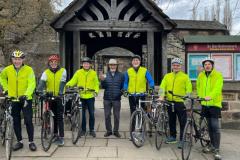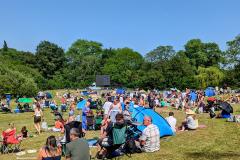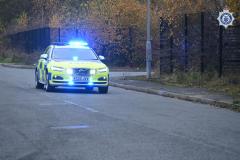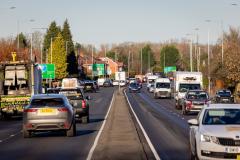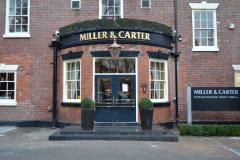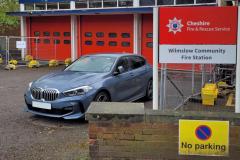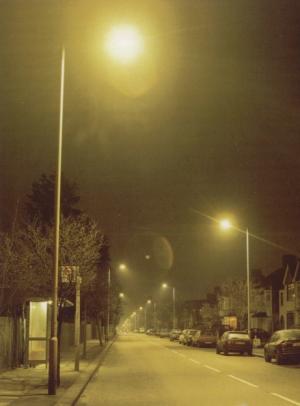
There are many local environmental issues we can be concerned about and might want to change. Over the coming weeks on wilmslow.co.uk I will be exploring some challenging environmental issues we are facing at both local and national level.
The concerns raised are a personal perspective, not necessarily the official policy of the Wilmslow Trust, for which I am vice-chair. But we hope it will get more people thinking about genuine sustainability policies at a local level.
A local strategic partnership event hosted by Cheshire East Council at Tatton Park on 23rd October 2009 looked at ways the county might achieve a sustainable community. There will be a final review around April 2010.
Several areas were discussed but real and genuine 'sustainability' needs to go much further than a generally believed assumption that ‘endless growth and increasing demand in a world of diminishing finite resources, is possible or desirable.
This week I want to talk about something we all take for granted - Street lighting. Street lights are everywhere. They can be very useful if well placed, or an irritation if they shine into your bedroom window. But one thing is certain – street lighting uses lots of energy. And global energy supplies are running down.
We encourage crazy use of our energy resources as if there is no tomorrow - even electronic cigarette machines that illuminate how many packets of each brand are in the dispenser. We need to work towards a sustainable lighting and energy policy that provides adequate, not over-illuminated public areas.
Surprisingly, street lighting is not mandatory. Lighting policies are largely controlled by a remote County Council working to approved policies, where local neighbourhoods are not involved in democratic decisions about street lighting in their area.
Some road safety lobbies want to turn night into day where possible. The UK has become a heavily lit country compared to many. The result is that our countryside is becoming increasingly urbanised by rural roads lit at night. (Wilmslow to the Airport and M56, for example). Astronomers are so concerned about the loss of dark skies and inability to see stars at night they have set up a ‘Campaign for dark skies.’
Should we be more active – to raise awareness, to rationalise and have more say in the type of street lighting in each local neighbourhood – to install better, less light ‘polluting’ optics and lower energy use? There are lots of examples too in our area of unnecessary lighting. If neighbours agree and object to poor optic quality street lights that glare into their windows, should they not be able to have a say, rather than be sidelined by fixed county council policies?
In November 2007 the Wilmslow Express reported that street lighting cost Cheshire County Council £4.23 million of council taxpayers’ money a year, with energy consumption taking up £2 million. The council says the number of street lights in Cheshire is increasing by two per cent a year - a further £40,000 in energy costs. It has suggested that it could reduce all night street lighting in some parts of the county and install fewer lights using more efficient light bulbs. Discontinuing illumination of 2,000 traffic signs that are already reflective, could save a further £20,000 a year. Will this thinking be seen in the new Cheshire East Council?
The City of Manchester implemented a major PFI contract to replace its ‘amber’ sodium lighting with better quality street lighting optics that maintain natural colour values at night and minimise ‘light pollution’. What did it cost?
The average cost of replacing the unit with a better lantern optic was approximately £125 per unit or £900 per replacement lamp post and optic. This total unit price includes - lighting column and its excavation, connections to power, plus light fitting on the column.
In Essex, up to 80 per cent of street lights have been switched off in two pilot areas of the county between midnight and 5am to minimise the environmental impact of street lighting. Nearly 80 per cent of residents polled approved of the initiative, and there has been no perceptible increase in accidents or crime. The pilot showed:
• A reduction of 22% in energy consumption.
• Crime in the trial areas is down.
• The number of road accidents has not increased.
The county of Powys in Wales has gone further, with up to 50 per cent of road lighting permanently turned off. West Sussex has turned many lights off between midnight and 5.30am to save energy.
In a world of rapidly diminishing oil reserves and rising demand we need to think about and challenge less vital areas of energy use and how we can reduce – not increase street lighting, while improving the optical quality of neighbourhood lighting.
If you would like to comment on these and other local environmental issues, do get in touch via the comment box below or via the Wilmslow Trust website.
Next week I will be looking at the issue of too much speculative office development in Wilmslow.


